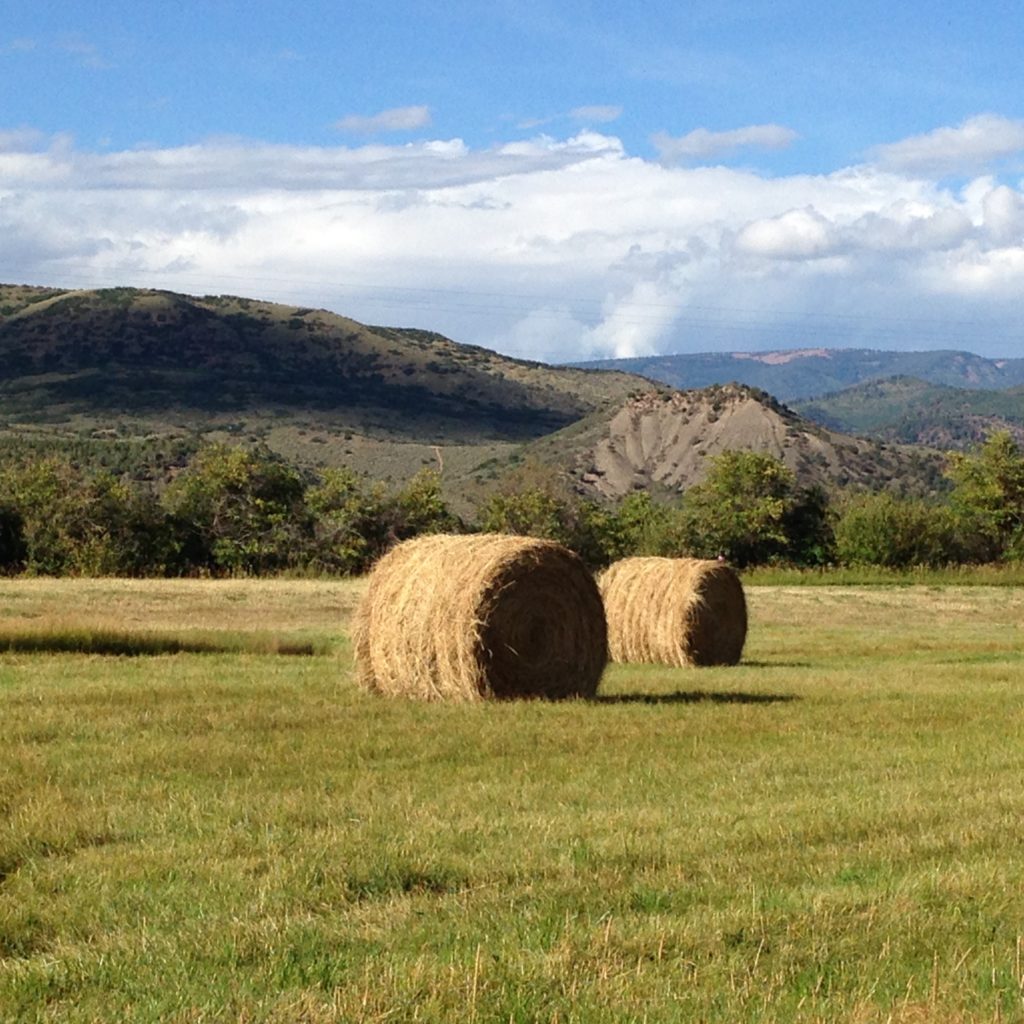
Maybe you haven’t yet had “The Talk” and you’re looking for the right opportunity. Maybe you’re planning to wait for a couple more years. Maybe your kid should be a little older….
Maybe you’ve talked a little about the birds and the bees, but it’s so dang awkward you’d rather not go into more detail…at least not yet….
So, when is the best time to go for it?
The answer isn’t a specific age. That’s because it shouldn’t be one, big The Talk, but a series of conversations over many years. The “best time” is whatever age your child is now, whenever the next organic opportunity comes up.
When your toddler asks about body parts or gender, that’s an opening to use correct terms and talk about basic sexual differences. “Boys have penises; girls have vaginas on the inside and vulvas on the outside.” Short and sweet—but you’ve started the conversation.
When your preschooler asks how a baby got into someone’s belly, take a deep breath and say something like: “When two grown-ups are really in love and want to make a baby, the daddy’s penis goes into the mommy’s vagina and each person gives a special ingredient that together grows into a baby. The baby grows in a special place inside the mommy called the uterus or womb.” (This part is a big challenge for many parents, but it’s actually easier to get it out of the way while kids are little. It’s fine to use an age-appropriate book to help.)
When your grade-schooler sees you put tampons in the cart, you can explain what they’re for and talk a little about puberty. Or when two characters in a movie have sex, you can “review” what that means. (Your kid may know, but won’t admit if she doesn’t, so don’t bother to ask; just make sure she’s got accurate information.)
When your kid’s peers start showing signs of puberty, get him a puberty book (if you haven’t already) and offer to talk about it. Ask whether people are starting to date or have crushes; mention how awkward you felt when your body started changing.
All these and more are opportunities to address sexual topics in an easy, natural way. Actively look for openings related to sex and development so you can comment, briefly, and let your child know you’re open to talking more. The sun is shining; make hay!